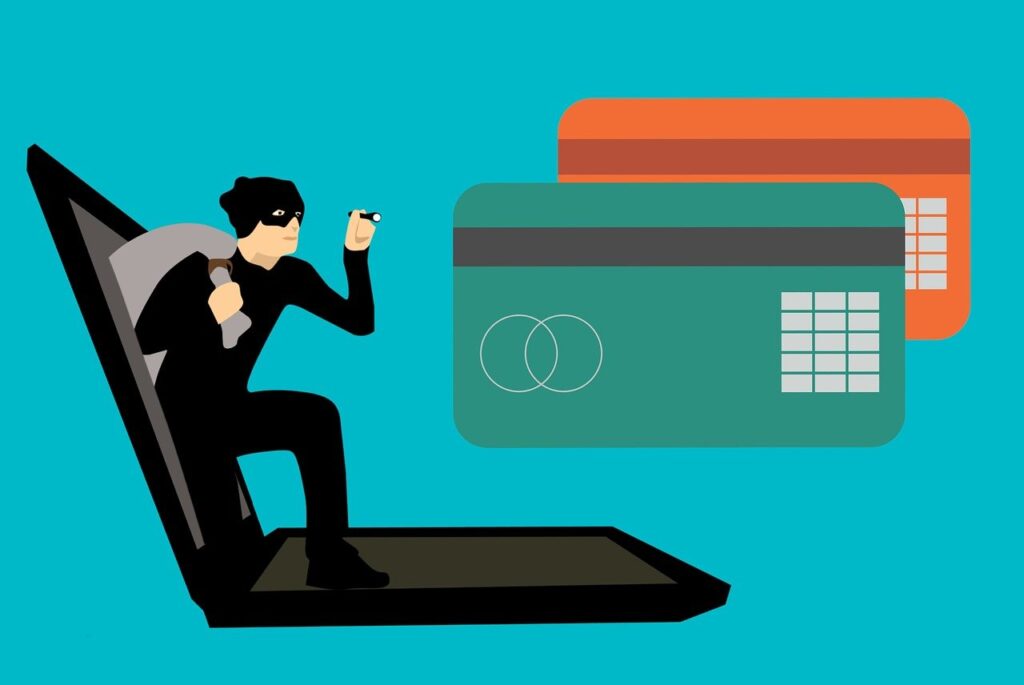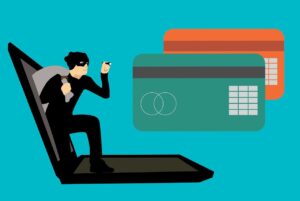Global ecommerce sales are forecasted to grow from $6.42 trillion in 2025 to $7.89 trillion by 2028. But while the industry is growing, so is the amount of ecommece fraud taking place. Ecommerce fraud impacts both buyers and merchants alike and costs them billions of dollars every year.
This guide goes over what ecommerce fraud is, how it works, and the ways to protect yourself.
What is Ecommerce Fraud?
Ecommerce fraud is a blanket term that refers to criminal activity that takes place within the ecommerce and online shopping industry, especially during the transaction itself. It often involves illegal activities or deception by either the buyer or seller, generally for the purpose of stealing money or getting items for free.
In addition to financial losses, ecommerce fraud may hurt the reputation of a company or ruin the online shopping experience for customers.
Unfortunately, ecommerce fraud is quite common, as the 2025 Association for Financial Professionals (AFP) Payments Fraud and Control Survey Report found that 79% of organizations fell victim to a payment fraud attack or attempt in 2024.
In terms of the financial impact of ecommerce fraud, losses to online payment fraud were estimated at $44 billion in 2024 and are forecasted to reach over $100 billion by 2029.
The Different Types of Ecommerce Fraud

There are various types of ecommerce fraud to be aware of, and they impact both buyers and sellers. The types of ecommerce fraud that generally target buyers include when criminals or scammers:
- Hack into (or take over) customer accounts on different platforms or stores and make unauthorized purchases or transactions.
- Steal a person’s identity and/or credit card details and use the stolen credentials to open accounts or make purchases without the individual’s knowledge.
- Use phishing emails or other deceptive tricks to trick people into revealing sensitive details like passwords or credit card numbers.
- Create fake websites or product listings, receive payments from the buyer, and never ship the product that they listed.
As for the types of fraud that target sellers and merchants, it normally includes when scammers:
- Use stolen credit cards to make online purchases. This hurts sellers as they may be liable for the fraudulent transactions, and thus have to refund the customer who was scammed, while also losing the item.
- Falsely claim that they haven’t received an item, either to get a replacement shipped out or to get a refund.
- Return broken, damaged, or stolen items for a refund.
- Hack into a platform or website, potentially stealing customer data. This may ruin a merchant’s reputation and lead to financial losses from lawsuits or fines.
Ways To Protect Yourself From Ecommerce Fraud
While there are many types of ecommerce fraud to watch for and it’s quite common to deal with, there are thankfully a variety of ways to protect yourself. Protecting yourself as a buyer includes:
- Researching the seller or store you’re buying from to ensure they’re legitimate.
- Securing all of your online accounts with a strong password, two-factor authentication, and only using secure internet connections for online transactions.
- Reading all the fine print on a website, including the return and shipping policy, terms of service, and privacy policy.
- Being very cautious of any unsolicited offers or deals, or requests for your personal information.
- Reviewing your order before purchasing to ensure there are no hidden fees or other predatory practices in place.
- Being aware that if a deal seems too good to be true, it’s often a scam.
To protect yourself from ecommerce fraud as a merchant, you can:
- Train all of your employees well to ensure they don’t fall for phishing scams.
- Use Address Verification Service (AVS) and Card Verification Value (CVV) to ensure the billing and/or shipping address matches what’s on file with the card issuer and that the buyer actually has the physical card with them.
- Consider using fraud detection tools and monitoring to flag high-risk orders.
- Have a clear return policy in place to reduce the likelihood of return fraud.
- Require some type of multi-factor authentication from your customers.
- Set purchase limits for brand-new customers or those you consider high-risk.
- Use secure payment processors that include fraud detection and/or encryption to protect customer data.
Final Thoughts

Ecommerce fraud is a major problem and costs tens of billions of dollars annually. Whether it’s stealing credit card details, scammers hacking into accounts, or people falsely claiming refunds, payment fraud impacts both companies and customers alike.
By using the tips outlined in this guide going forward, you can help keep yourself protected from ecommerce fraud and be better equipped to detect it early.
FAQs
Interested in learning more about ecommerce fraud? If so, check out these common questions and their answers.
How can I tell if an online store is secure?
To tell if an online store is secure, make sure the URL begins with https://, as this ensures it secures and protects any data transferred between you and the website. Make sure to also look for reviews to see the experience of past buyers, and ensure the company has a comprehensive privacy policy in place, and encrypts all data.
What are some of the most common types of ecommerce fraud?
Some of the most common types of ecommerce fraud include identity theft, phishing, refund fraud, and account takeovers.
What are common mistakes that may make people or businesses vulnerable to ecommerce fraud?
Some common mistakes people make are using weak passwords, not checking reviews for sellers, using unsecured payment methods, or ignoring strange account activity. Mistakes that businesses may make include managing customer data poorly, failing to update security software, not verifying customer payments, and not monitoring transactions.









